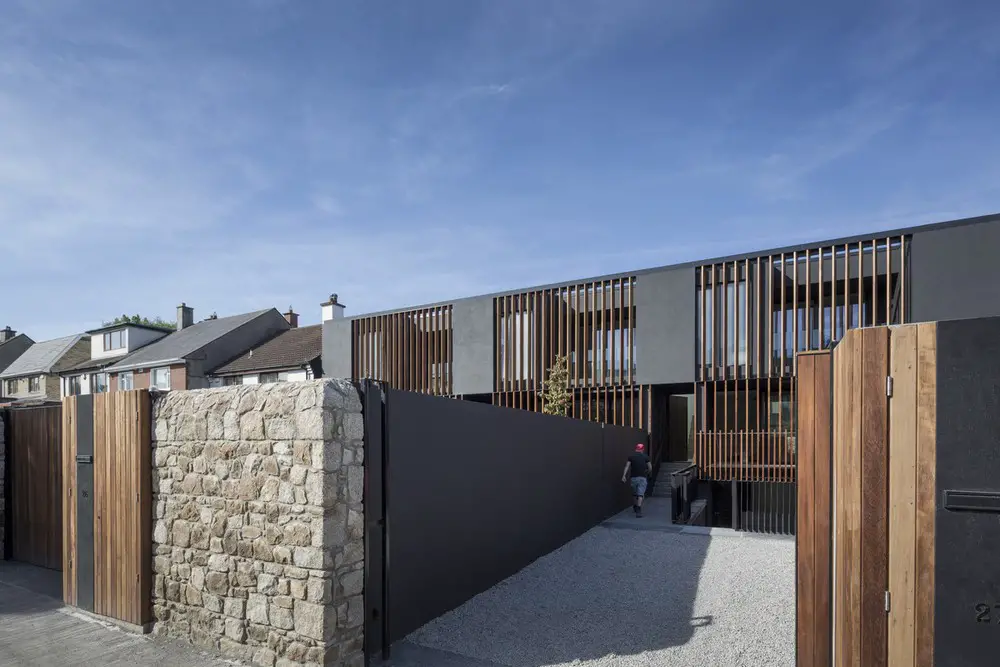Nestled in the heart of Punjab, Ludhiana, typically recognized as the industrial hub of India, is not only a bustling metropolis but also a treasure trove of architectural miracles. Amidst the flurry of modernity and progress, Ludhiana harbors a rich architectural heritage, boasting a blend of historic, colonial, and up to date influences. From majestic palaces to intricately made temples, Ludhiana’s architectural landscape narrates tales of opulence, resilience, and cultural amalgamation. Let us embark on a journey to uncover the concealed gems of Ludhiana’s architectural heritage.
The Colonial Legacy:
Ludhiana’s architectural narrative is deeply intertwined with its colonial past. The British Raj left an indelible imprint on the cityscape, apparent in the sprawling colonial-era structures that still stand tall amidst the urban sprawl. The iconic Punjab Agricultural College, with its colonial-model architecture, serves as a poignant reminder of Ludhiana’s colonial legacy. The grandeur of its architecture is matched only by its historical importance, as it stands as a testomony to Ludhiana’s agricultural heritage and its pivotal position in the Inexperienced Revolution of India.
Temples: Epitome of Spiritual Splendor:
Ludhiana is property to a plethora of temples, every a testament to the city’s non secular vibrancy and architectural finesse. The revered Alamgir Sahib Gurudwara, perched on the banking companies of the serene Sutlej River, is a sight to behold. Its architectural brilliance lies in its harmonious mix of Mughal and Sikh architectural designs, exemplifying the syncretic ethos of Punjab. The intricate marble perform, ornate domes, and majestic archways mesmerize readers, providing a glimpse into Ludhiana’s abundant spiritual heritage.
Palatial Residences: Icons of Grandeur:
Ludhiana’s architectural tapestry is adorned with palatial residences that exude grandeur and magnificence. The Maharaja Ranjit Singh War Museum, housed in the majestic Rauza Sharif, is a testomony to the city’s regal earlier. At first built as a royal home, the Rauza Sharif showcases beautiful Mughal architecture, characterized by its intricate carvings, sensitive arches, and sprawling courtyards. Currently, it stands as a repository of record, preserving the legacy of Punjab’s illustrious rulers for posterity.
Vernacular Architecture: A Glimpse into the Past:
Amidst Ludhiana’s city landscape, pockets of vernacular architecture offer a glimpse into the city’s rural previous. read more encompassing Ludhiana are replete with common Punjabi havelis, adorned with vivid frescoes and intricate woodwork. These architectural marvels, though often ignored, are repositories of area craftsmanship and cultural heritage. The Chappar Mela, held on a yearly basis in Ludhiana’s rural outskirts, showcases the architectural splendor of traditional Punjabi havelis, drawing guests from significantly and large to marvel at their timeless splendor.
Contemporary Marvels: Bridging the Earlier and Existing:
Even though Ludhiana’s architectural heritage is steeped in history, the metropolis is also embracing modernity with avant-garde architectural marvels. The Silver Arc Mall, with its smooth glass façade and modern day design, stands as a image of Ludhiana’s aspirations for city improvement. Similarly, the Nehru Rose Garden Amphitheatre, with its innovative style and design and condition-of-the-artwork amenities, has turn into a cultural landmark, hosting concert events, plays, and functions that celebrate Ludhiana’s vivid arts scene.
Preserving the Legacy:
As Ludhiana hurtles in direction of the upcoming, preserving its architectural heritage gets to be crucial to safeguarding its cultural identity. Endeavours must be designed to conserve and restore historic landmarks, ensuring that future generations can enjoy and understand from Ludhiana’s abundant architectural legacy. Community engagement, heritage tourism, and adaptive reuse initiatives can enjoy a pivotal job in revitalizing Ludhiana’s architectural gems, reworking them from mere relics of the past into vibrant hubs of cultural trade and exploration.
In summary, Ludhiana’s architectural heritage is a testament to the city’s prosperous record, cultural variety, and creative ingenuity. From colonial-period monuments to standard havelis and present-day constructions, Ludhiana’s architectural landscape is a mosaic of influences, each and every telling a one of a kind story of resilience, creativeness, and cultural evolution. As Ludhiana embraces the troubles of the twenty first century, preserving its architectural legacy will guarantee that the city stays not just an industrial powerhouse but also a beacon of cultural heritage for generations to arrive

